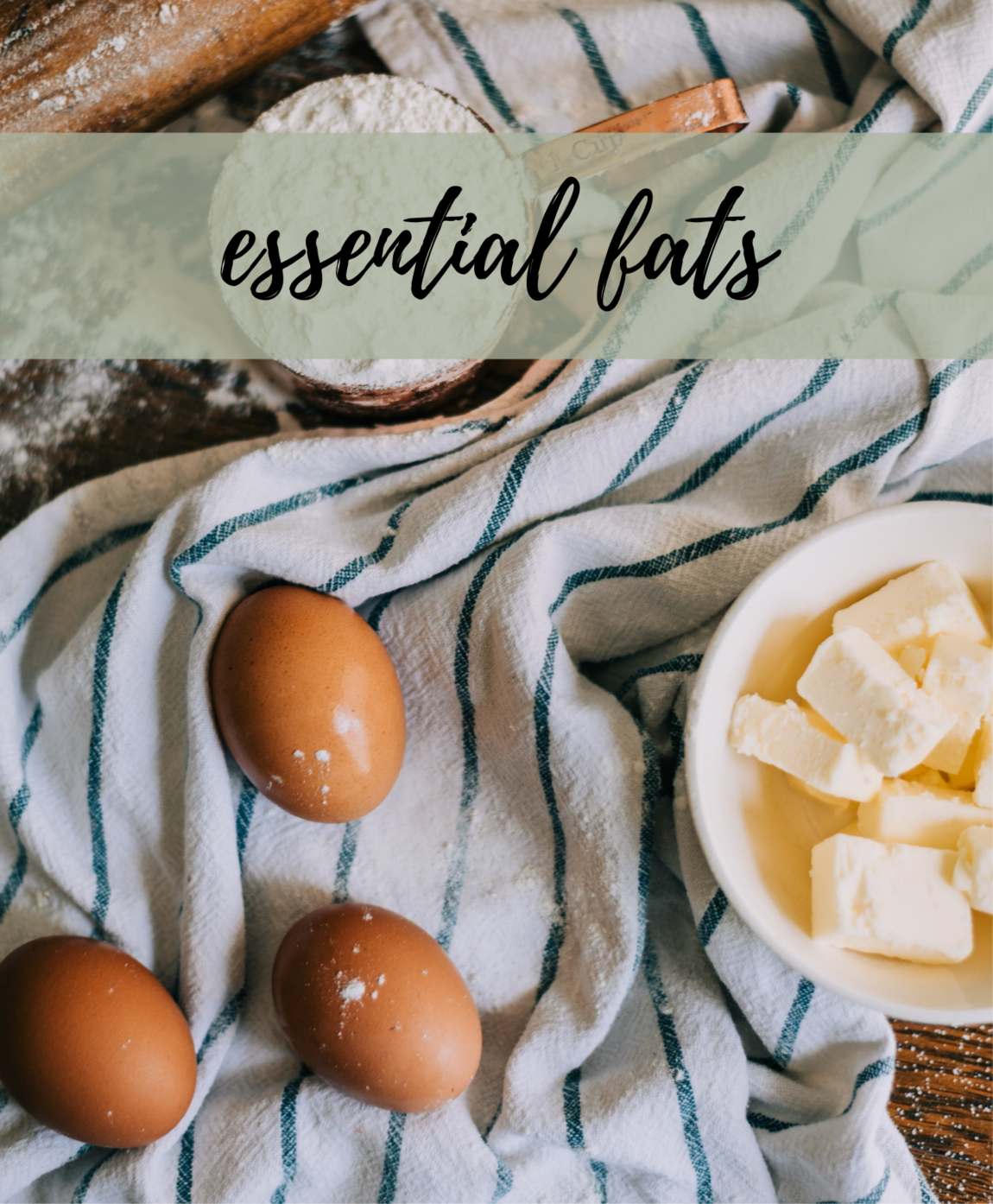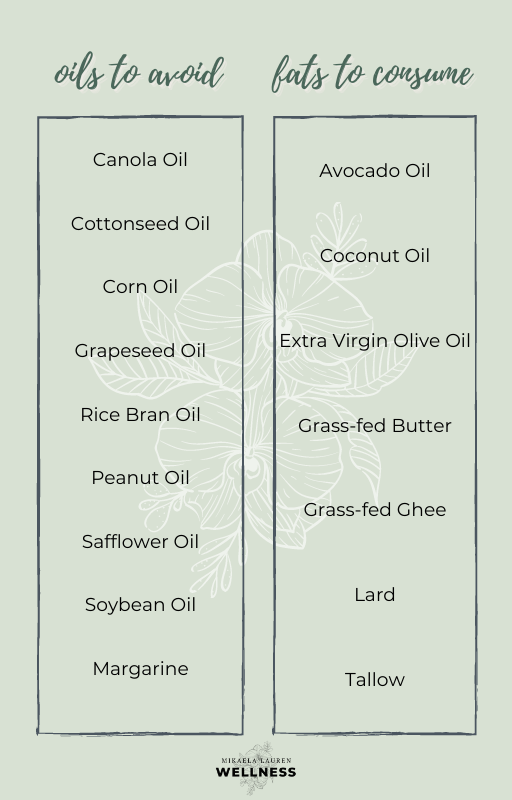Essential Fats

Next up in our foundations series is Fatty Acids. We’ve probably all at one point been told to eat a low-fat diet. But over the last decade, research has come to show how much we need full-fat foods in their natural form. Fats are essential, but we also want to make sure the fats we are eating are whole food sources and nutrient-dense. So let’s talk about why we need fat in our diet, what fats do for our health, what fats to avoid, and what fats to incorporate into your diet.
There are six types of fats that are essential: linoleic acid (omega 6), alpha-linolenic acid (omega 3), gamma-linolenic acid (GLA), arachidonic af tag heuer grand carrera men 43mm cav511b fc6231 leather strap acid (AA), eicosapentaenoic acid (EPA), and docosahexaenoic acid (DHA). We want to make sure our diet has a healthy balance of all of these.
Why are these important for our diet?
Some consequences of not getting adequate healthy fats in our diet are hormonal imbalances, depression, fatigue, lack of focus, skin issues, immune and allergy problems, musculoskeletal issues, and issues with cardiovascular health.
Fats have many important roles in the body. Fats provide energy. Fats are essential to absorb fat-soluble vitamins such as Vitamin A, D, E, and K. Fats aid your body in using protein. Fats are necessary for developing cr rolex datejust 16234bkdj mens rolex calibre 2836 2813 black dial 12mm cell membranes. Fats support our hormones. Fats protect our organs by lining them. Fats produce prostaglandins which help manage inflammation in the body. Fats help regulate your blood sugar, increase satiety while eating, and make food taste delicious!
So now that we know fats are key to a healthy diet, how do we determine what fats to eat and what to avoid?
The most important thing to consider is the way the fats are processed. Not only does the source of your fats and how they are processed affect the contents, but the way you use it to cook also has an effect.
Fats you want to avoid are anything man-made or altered. Do you know the source of Crisco? William Proctor was a candle maker and his brother-in-law, James Gamble made soaps. Together they created Proctor & Gamble. “In 1907, with the help of German chemist E. C. Kayser, P&G developed the science of hydrogenation. By adding hydrogen atoms to the fatty acid chain, this revolutionary industrial process transformed liquid cottonseed oil into a solid that resembled lard.” Moving away from candles and soaps, they decided to sell Crisco as a lard and butter substitute since that’s what it resembled. With some great marketing, they were successful in convincing the public to add Crisco as a staple to their kitchens.
If you want to learn more about the history of how we went from eating butter, lard, and other natural sources of fats, check out this article from the Weston A. Price Foundation “The Oiling of America.”
They didn’t know it at the time, but hydrogenated oils (including Crisco) contain trans fat and increase our risk of heart disease, cancer, as well as lead to other long-term effects. You want to avoid these and other highly processes oils including canola oil, soybean oil, cottonseed oil, vegetable oil, sunflower oil, corn oil, rice bran oil, safflower oil, peanut oil, grapeseed oil, and margarine. These oils are unstable and go rancid quickly, making them toxic to our bodies. They also contain high amounts of omega 6 fatty acids and we need a balance of omega 6 and omega 3 fatty acids. Unfortunately, most packaged foods contain some type of vegetable oil in them. This is why it’s so important to check labels and read the ingredients.
Did you know that grain-fed beef does not contain a significant source of omega 3 fatty acids, but instead is mostly omega 6 fatty acids? Grass-fed and finished beef however contains the right ratio of omega 3 and omega 6 fatty acids. This is why I purchase my meat from Butcher Box. I know I can trust their sourcing to be grass-fed, high-quality, and pasture-raised meats
But don’t worry, there are plenty of options for good fats to include in your diet. Instead of hydrogenated and trans fats, opt for butter, ghee, lard, coconut oil, avocado oil, and extra virgin olive oil (avoid using EVOO with high heat). With all of these, remember to ensure you are getting high-quality versions of these oils. Convention oils claiming to be just Olive Oil have been tested and found to contain vegetable oils as fillers, so it’s important to know your source. And again, remember to read ingredient labels and not just the name of the food. Salad dressings for example often contain vegetable oils as one of the first ingredients (meaning the highest portion of the recipe) even if they have marketing claims on the front like “Made with Avocado oil”.

So in summary, opt for high-quality, minimally processed fats such as butter, lard, ghee, coconut oil, avocado oil, and Extra Virgin Olive Oil and always read your ingredient labels before buying a product.
If you’re feeling overwhelmed and would like some extra help with ingredient labels and what to shop for, I offer grocery store tours with lots more resources that break down ingredients labels, share specific brands and items I trust. To learn more, contact me here.
Resources:
- The Rise and Fall of Crisco. February 23, 2009. Forristal, Linda Joyce, CCP, CTA, MTA https://www.westonaprice.org/health-topics/modern-foods/the-rise-and-fall-of-crisco/
- Fatty Acids Student Lecture. Nutritional Therapy Association, Inc. 2020.
- Photo by LAUREN GRAY on Unsplash